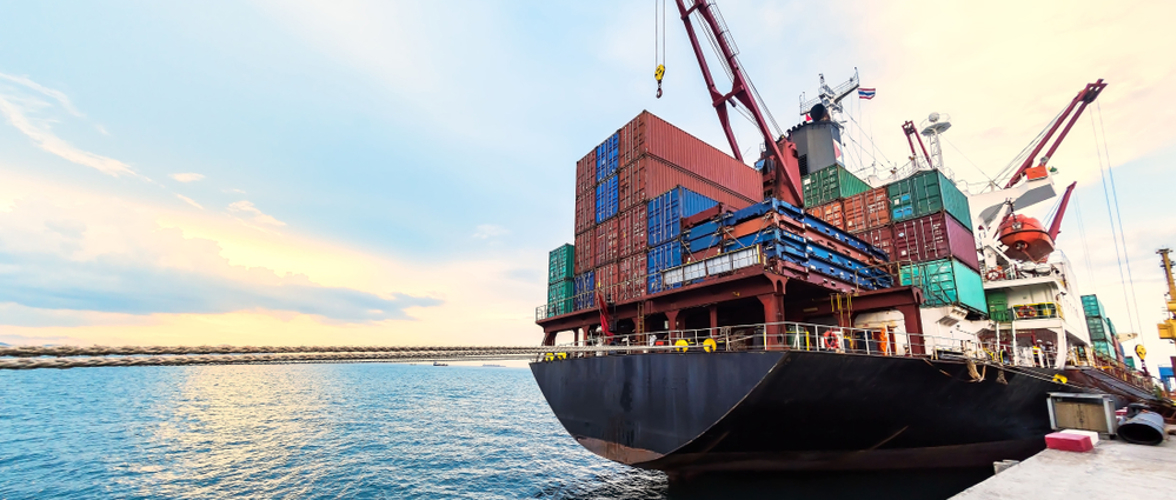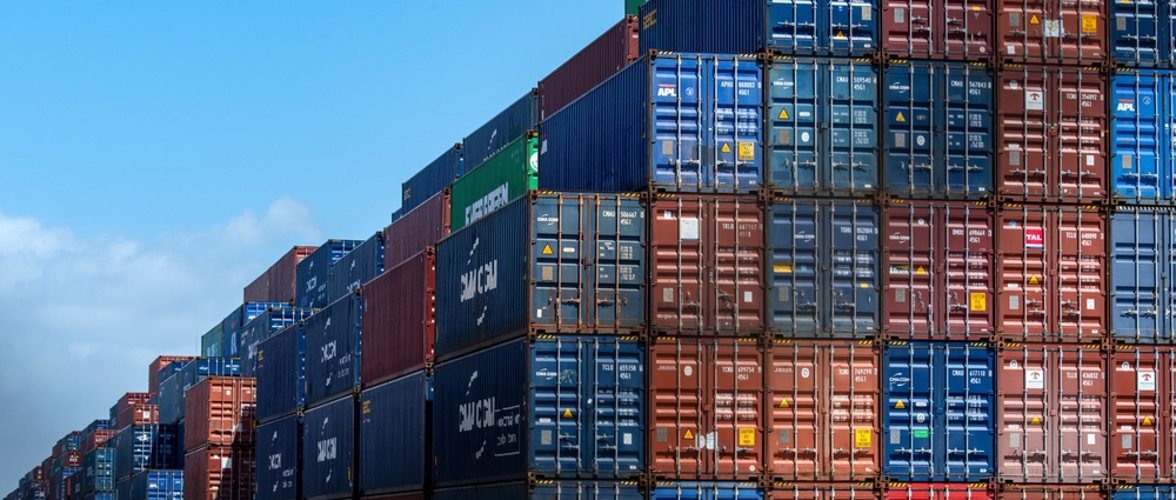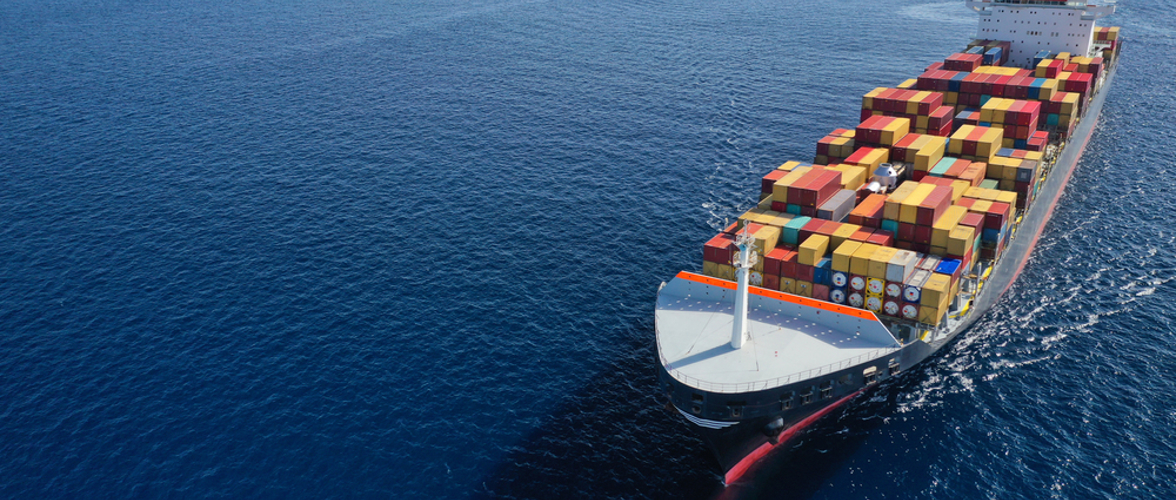International trade takes on water amid a global shipping container shortage, raising prices for consumers
Red sky at night…
If ocean and coastal transportation companies and ship builders were directed to ramp up capacity one year ago, they would have been incredulous. In April 2020, the world economy began to be roiled by the COVID-19 (coronavirus) pandemic. Global lockdowns, quarantine measures and an overall decline in demand for goods and services caused a severe pullback in global trade and manufacturing activity. Yet, just months later, late during the second quarter and early during the third quarter of 2020, the same operators experienced an unprecedented boom in demand as global trade activity and demand for commodities experienced a substantial resurgence.
A good idea at the time:
- Idled global manufacturing capacity starkly reduced demand for shipping containers and capacity in the first half of 2020.
- Trade rose significantly more than expected in the second half of 2020, catching container manufacturers unprepared for a sudden spike in demand.
- Varying speeds of economic recovery have left the global shipping container supply inefficiently distributed across the world’s ports and harbor infrastructure.
- The six-day closure of the Suez Canal in March 2021 is expected to stress further global supply chains and increase shipping and logistics costs.

While transportation companies would have been right to be skeptical at the prospect of rising demand in April 2020, the market will likely remain the ultimate judge since no industry is above the laws of supply and demand. What seemed a rational choice for global shipping companies at the time has served to paralyze them today, causing a severe imbalance in the supply and demand for shipping containers. Moreover, the move has served to rapidly increase shipping and logistics, transportation and warehousing costs globally. To illustrate this point, consider that there are some container ships currently shipping nothing but empty shipping containers to ports around the globe to alleviate supply constraints.
Negative feedback (s)loop
The Suez Canal is a major global trade artery, accounting for more than 10.0% of total global tonnage, facilitating a stream of import and export activity between the Mediterranean Sea, the North Atlantic and the Indian and Pacific oceans. When the Ever Given, one of the world’s largest container ships, ran aground in the Suez on March 23, 2021, this vital trade artery was effectively blocked for six days until the ship could be freed. Without access through the Suez Canal, cargo ships at both ends had little choice but to wait or conduct the thousands-mile long journey around the Cape of Good Hope, which is a dangerous and costly endeavor, further increasing short-term shipping costs and putting upward pressure on consumer prices.

Red sky in the morning…
These trade disruptions have caused a spike in prices of imported goods around the world, ranging from brie cheese to wood and fluff pulp, to microchips and electronic components used in automobiles and electronic equipment manufacturing, and this could just be the beginning.
This, taken into account with the fact that a new commodities super-cycle may be brewing, is a dangerous trend. According to Bloomberg and The Wall Street Journal, inflation akin to that of the 1970’s is beginning to seem less farfetched since commodity prices have begun rise in line with tightness in the international trade system. Last but not least, with such loose monetary policy actions being undertaken by central banks across the globe, inflation and rising costs of production are to be expected.
In short, the global supply chain is wearing thin under the stress of the coronavirus pandemic, and consumers can expect to foot the bill. Imported consumer goods and domestically manufactured goods relying on imported inputs are expected to rise in price due to the effects of inflation and a tightening international trade system.









